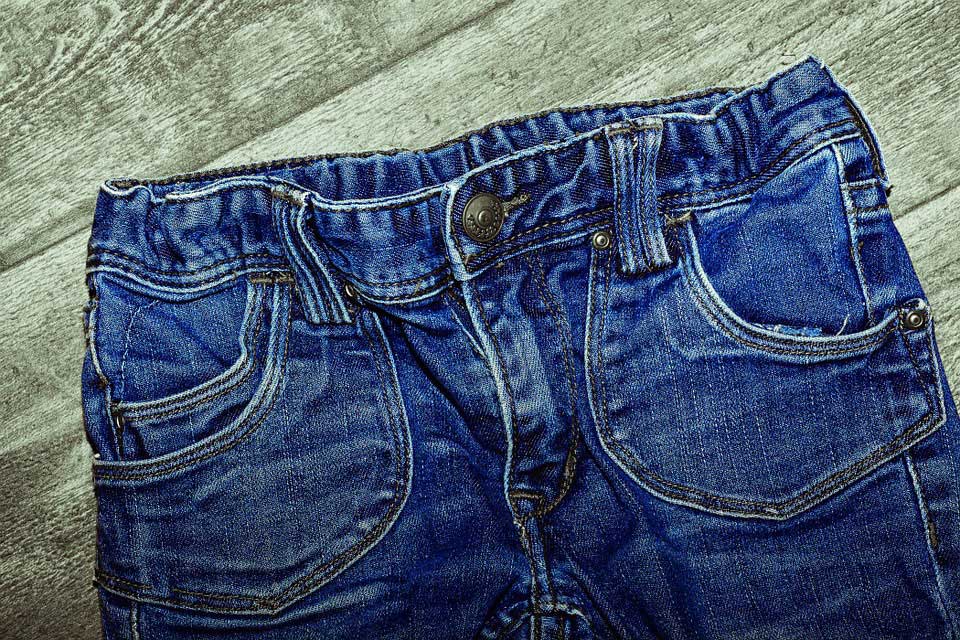 When we place our clothes in a storage unit, we want to make sure they are protected from elements that can damage the fabrics and render them unusable. In a storage unit, there are a number of different variables that can have a deleterious effect on clothing such as heat, humidity, moisture, or insects and rodents.
When we place our clothes in a storage unit, we want to make sure they are protected from elements that can damage the fabrics and render them unusable. In a storage unit, there are a number of different variables that can have a deleterious effect on clothing such as heat, humidity, moisture, or insects and rodents.
Packing your clothes in a cardboard box and stashing it in the corner of your storage unit is not going to provide enough protection over a long period of time, so it's important to know how to pack your clothing for storage to keep it safe from harmful elements.
Preparing your clothes for storage
It's important that your clothes are clean when you put them away in storage. Make sure that you thoroughly wash all of the clothing that you plan on placing in the storage unit. If you normally use starch or other products on dress shirts or pants, leave them off because such products will attract insects and other pests to the clothing.
There are several other reasons to make sure that your clothing is nice and clean before you pack it away. For starters, when your clothing is dirty, it contains bacteria and organic materials that embed themselves in the fibers of the clothing. Even if there are no visible stains, clothing that has been worn will likely have some traces of organic substances that will attract pests like moths and beetles.
Insects and pests are also attracted to natural fibers like cotton and wool, so make sure that any cotton or wool clothing is especially clean and stored in a protective box that prevents any pests from getting inside and damaging your clothing.
Packing your clothes for storage

How you pack your clothes will likely be how they remain for a long period of time, so it's important that you pack the correct way and in the correct containers to prevent damage.
The first thing to remember is that, despite the fact that you'll save a lot of space, you shouldn't pack your clothes in any vacuum-sealed or airtight bags. These bags keep all air out and prevent proper ventilation for your clothes, which can allow mold to grow inside the bags, especially in places where there is a lot of moisture in the air.
If you live in a climate with high humidity, you should make sure to pack your clothes in plastic boxes or containers that have proper ventilation. To further prevent moisture from damaging your clothes, you can also insert silica packets or silica gel into the containers.
If you want to keep moths and other insects away, placing cedar blocks in the containers with your clothes is a great all-natural way to keep your clothes pest-free. The advantage to using cedar blocks over moth balls and other chemical-based insect and pest repellents is that it's an all-natural method that won't create an odor or leave behind any chemical residue.
Other tips
-
When labeling the boxes and containers, be as detailed as possible so that it's easy to find what you need. Also list the number of items in the box, the date that you placed the box in storage and any other important information regarding the contents of the container.
-
Your storage unit should be a cool, dry and dark environment. These are the best conditions for storing your clothes. If you live in a humid climate with a lot of heat and moisture, you should consider putting a dehumidifier in the storage unit to keep the moisture out.
-
If you are planning on storing your clothes for a long period of time, over a year or more, you should periodically stop in to check on the condition of your clothes and make sure that they haven't been affected by any mildew or insects. If you are storing your clothes for longer than a year, consider checking on your items every 8 to 12 months.